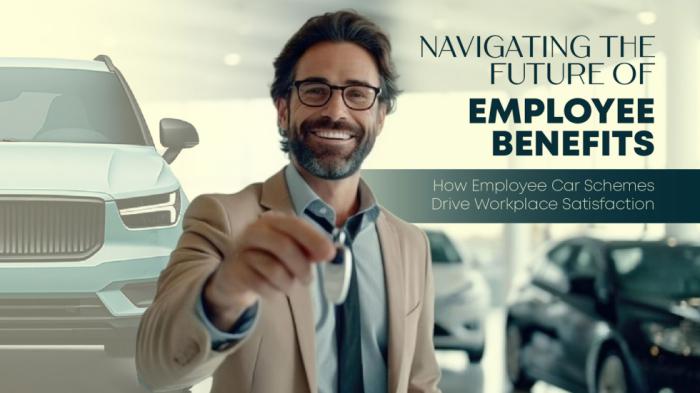
The provision of a company car remains a top-tier benefit for executives.
64% of HR managers consider it a key tool for retaining talent.
Lease or buy? The strategic choice also impacts employer branding.
The employee's role, total cost, and usage needs define the right decision.
autotriti team
The provision of a company car remains a top-tier benefit for executives.
In today’s competitive environment, where attracting and retaining talented employees is a major challenge, the company car continues to be one of the most valuable HR benefits. Especially for professionals in sales, management, or technical roles, selecting the right vehicle becomes a powerful employer branding tool.
64% of HR managers consider it a key tool for retaining talent.
Beyond its practical value, the company car conveys prestige, trust, and a sense of employer care — qualities that enhance employee engagement. In fact, according to studies conducted across European markets (which are increasingly influencing Greece), over 60% of employees state they would prefer an employer who offers a company vehicle over one who simply provides a salary increase.
Lease or buy? The strategic choice also impacts employer branding.
Leasing supports this strategy by giving HR managers and fleet supervisors the flexibility to tailor vehicle selection based on:
- The employee’s role (e.g., SUV for field salespeople, an EV like the Citroen e-C3 for city-driving executives)
- Total cost of ownership (TCO), including fuel, maintenance, and insurance
- The company’s environmental policy (targeting lower CO₂ emissions through electric, hybrid, or plug-in models)
Leasing also offers a key advantage: fleets can be renewed more frequently, enhancing the employer’s image and appealing to candidates who value technological innovation.
The HR function is no longer just about choosing a car model. It now requires collaboration with fleet managers, thorough needs analysis, and alignment with the broader human resources strategy.
In this context, the company car is not merely a means of transport — it is a recruitment and employer branding tool, a strategic asset in today’s labor market.
What’s your take?
Have you had experience with this in your organization?

